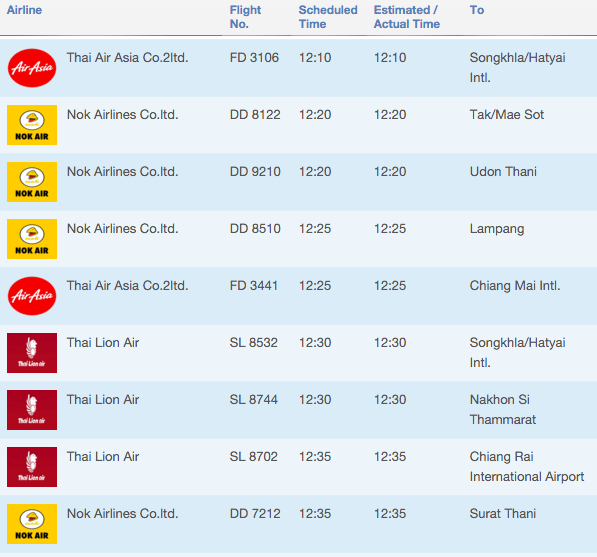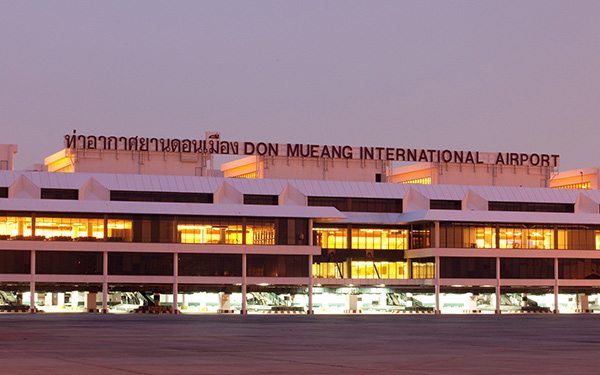Don Mueang International Airport last year overtook Kuala Lumpur International Airport as the world’s largest airport for low cost airlines, measured by passenger numbers.
The Bangkok airport ferried through 14.4 million passengers during the first half of 2015, according to Asia Nikkei, with many of them travelling on cut price routes to cities around Thailand and in the wider East Asia region.
While the generally long-haul and major carrier flights handled by Suvarnabhumi undoubtedly pull in huge numbers of tourists from around the world, Don Mueang airport and its low cost airlines provide the key to distributing tourists around the Kingdom, rather than concentrating them simply in Bangkok.
A huge number of so-called second tier cities are serviced by Don Mueang, allowing both foreign tourists and Thai nationals the freedom to travel to places off the traditional tourism trail.
While you can fly to places like Singapore, Shanghai and Incheon from Don Mueang, cheap flights to lesser known Thai destinations like Chumpon, Roi Et, Buri Ram, Songkhla, Udon Thani, Khon Kaen, Phitsanulok and more are in abundance.

A screenshot from the Don Mueang online departure boards today
Don Mueang boasts 20 budget flights departing every hour to 11 provinces across the Kingdom. And there’s still room for growth: they currently handle a total of 650 flights per day but now have capacity for 950, thanks to the recent refurbishment of Terminal 2.
Low cost leader, Thai AirAsia, are even able to bypass Bangkok when flying their passengers around Thailand, recently announcing a route between Hat Yai and Chiang Rai, for example. The addition of U-Tapao airport in Rayong to their roster will also serve as a hub in Thailand’s southeasterly region.
There is a sticking point, however, when it comes to Thailand’s thriving status as a low cost airline hub: the need for an improvement in safety standards.
Both the US Federal Aviation Administration and the UN Civil Aviation Organisation downgraded Thailand’s aviation safety ratings last year and the government have been working hard to improve standards since.
All Thai-registered airlines have been ordered to submit reports to the nation’s civil aviation authority on their financial positions by the end of March, according to Reuters, or risk the revocation of their operating licences.
This same exercise was conducted towards the end of 2015 and it was found that four small airlines had debt levels that could affect safety standards, according to Chula Sukmanop, the head of the Civil Aviation Authority of Thailand.


